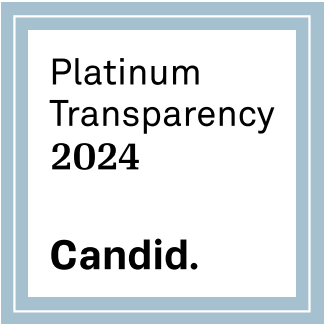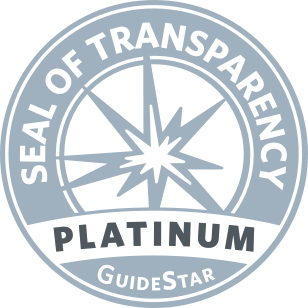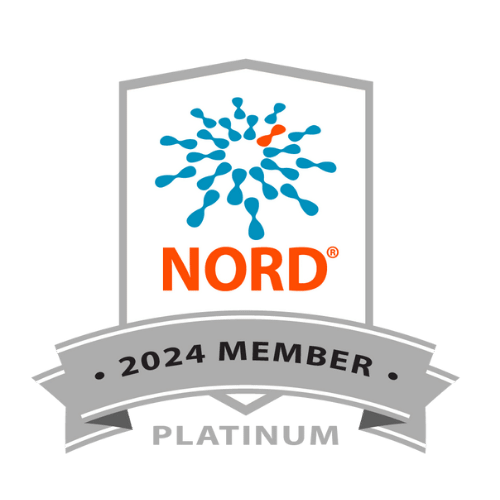1st Consensus Conference Report on Treatment Options for Fecal Incontinence
On April 20-21, 1999, IFFGD initiated, organized, and sponsored a landmark meeting – the 1st Consensus Conference on Treatment Options for Fecal Incontinence. The meeting brought together 150 international experts in the field of incontinence to draft a Consensus Statement that identifies effective and appropriate treatment options. The full report was published in Diseases of the Colon & Rectum, Volume 44, Number 1, January, 2001.
Second Landmark IFFGD Meeting on Incontinence
On November 3-5, 2002, IFFGD and the CME Office of the University of Wisconsin Medical School sponsored a meeting: Advancing the Treatment of Fecal & Urinary Incontinence.
Abstract
Treatment Options for Fecal Incontinence
William E. Whitehead, Ph.D.,* Arnold Wald, M.D.,† Nancy J. Norton, B.S.,‡
From the *UNC Center for Functional Gastrointestinal & Motility Disorders, University of North Carolina at Chapel Hill, Chapel Hill, North Carolina, †University of Pittsburgh Medical Center, Pittsburgh, Pennsylvania, and ‡International Foundation for Functional Gastrointestinal Disorders, Milwaukee, Wisconsin
Purpose
Fecal incontinence is a socially devastating disorder which affects at least 2.2 percent of community dwelling adults and 45 percent of nursing home residents. Most incontinent patients can be helped, but physicians are poorly informed about treatment options. The aim of this study was to develop a consensus on treatment options by convening a conference of surgeons, gastroenterologists, nurses, psychologists, and patient advocates.
Method
A 1-1/2 day conference was held in April, 1999. Experts from different disciplines gave overviews, followed by extended discussions. Consensus statements were developed at the end of the conference. This summary statement was drafted, circulated to all participants, and revised based on their input.
Conclusion
- Diarrhea is the most common aggravating factor for fecal incontinence, and antidiarrheal medications such as loperamide and diphenoxylate or bile acid binders may help. Fecal impaction, a common cause of fecal incontinence in children and elderly patients, responds to combinations of laxatives, education, and habit training in approximately 60 percent. These causes of fecal incontinence can usually be identified by history and physical examination alone.
- In patients who fail medical management or have evidence of sphincter weakness, anorectal manometry and endoanal ultrasound are recommended as helpful in differentiating simple morphologic defects from afferent and efferent nerve injuries and from combined structural and neurologic injuries.
- Biofeedback is a harmless and inexpensive treatment which benefits approximately 75 percent of patients but cures only about 50 percent. It may be most appropriate when there is neurologic injury (i.e., partial denervation), but it has been reported to also benefit incontinent patients with minor structural defects.
- External anal sphincter placation with or without pelvic floor repair is indicated when there is a known, repairable structural defect without significant neurologic injury. It is effective in approximately 68 percent.
- Salvage operations are reserved for patients who can not benefit from biofeedback or levator-sphincteroplasty. These include electrically stimulated gracilis muscle transpositions and colostomy.
- Antegrade enemas delivered through stomas in the cecum or descending colon reduce or eliminate soiling in approximately 78 percent of children with myelomeningocele; this operation may come to be more widely applied.
- Investigational treatments include implanted nerve stimulators, artificial sphincters, and anal plugs.
- Patient characteristics which influence choice of treatment include mental status, mobility impairment, and typical bowel habits.
- Additional research is needed to better define the mechanisms responsible for fecal incontinence, to assess the efficacy of these treatments, to develop better treatments for nursing home residents, and to identify predictors of outcome.
Keywords
Fecal incontinence; Encopresis; Biofeedback; Sphincteroplasty; Electrical stimulation; Gracilis muscle; Artificial sphincter; Diarrhea; Constipation; Antegrade colonic lavage; Epidemiology; Quality of life
Source
Whitehead WE, Wald A, Norton NJ. Treatment options for fecal incontinence. Dis Colon Rectum 2001;44:131-144. [PubMed ID 11805574]









